
News
Welcome Team Fly To King Salmon
Team Fly Halo paramotor training has always been
known for being a fully-immersed, comprehensive
course designed to fit in the timespan of a vacation.
Our instructors are thorough, knowledgeable, and
dedicated to giving you the skills and know-how you
need to successfully and safely start the sport of
powered paragliding. As always, TFH “Alumni”
continue their progression long after completing
their PPG lessons by being an integral part of our
team. Coaching never stops, and you’re always
invited back to scheduled training classes to learn
advanced skills, brush up on ground school, get
some extra flight time, or just come out and fly with
the new guys.
We now offer Team Fly Halo “Basic Training"
powered paragliding classes with or without a gear
package. Click here to see our schedule.
Copyright 2025 Bruce Brown. All Rights Reserved
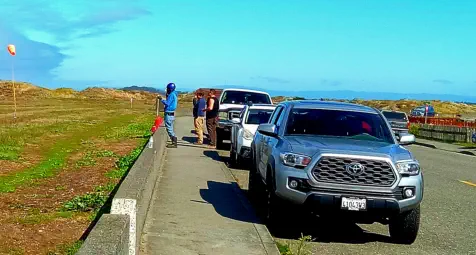
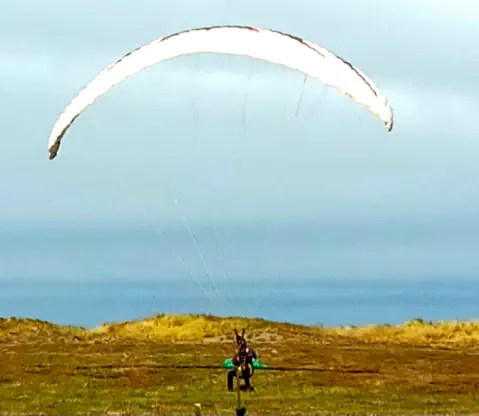
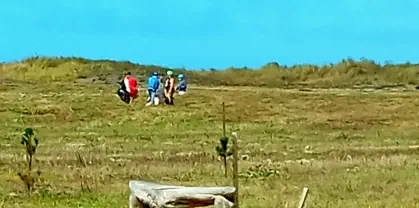

News
Copyright 2025 Bruce Brown. All Rights Reserved
Email: brucesierrabrown@gmail.com
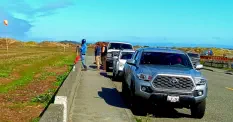
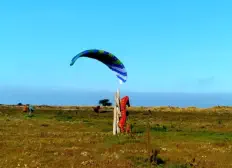
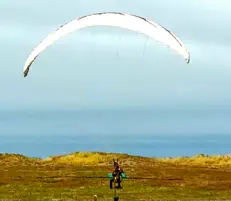
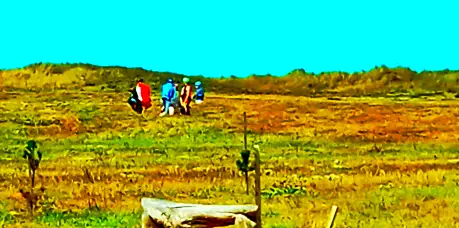
Welcome Team Fly
To King Salmon
Team Fly Halo paramotor
training has always been
known for being a fully-
immersed, comprehensive
course designed to fit in the
timespan of a vacation. Our
instructors are thorough,
knowledgeable, and
dedicated to giving you the
skills and know-how you
need to successfully and
safely start the sport of
powered paragliding. As
always, TFH “Alumni”
continue their progression
long after completing their
PPG lessons by being an
integral part of our team.
Coaching never stops, and
you’re always invited back
to scheduled training
classes to learn advanced
skills, brush up on ground
school, get some extra flight
time, or just come out and
fly with the new guys.
We now offer Team Fly Halo
“Basic Training" powered
paragliding classes with or
without a gear package.
Click here to see our schedule.















